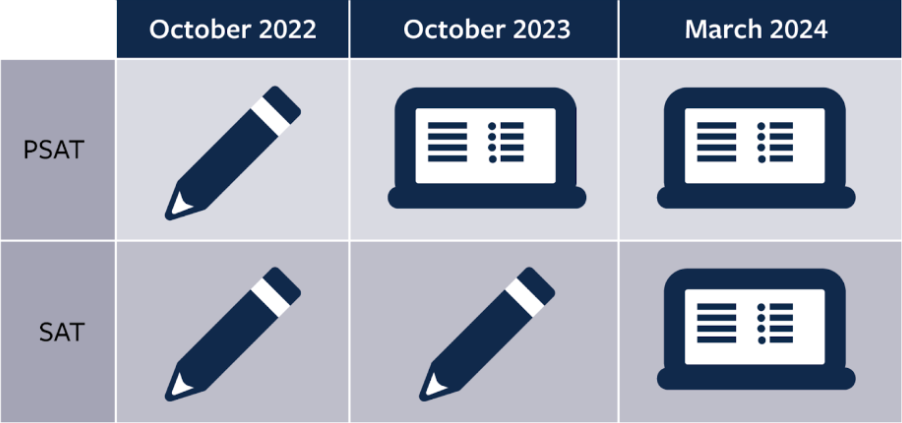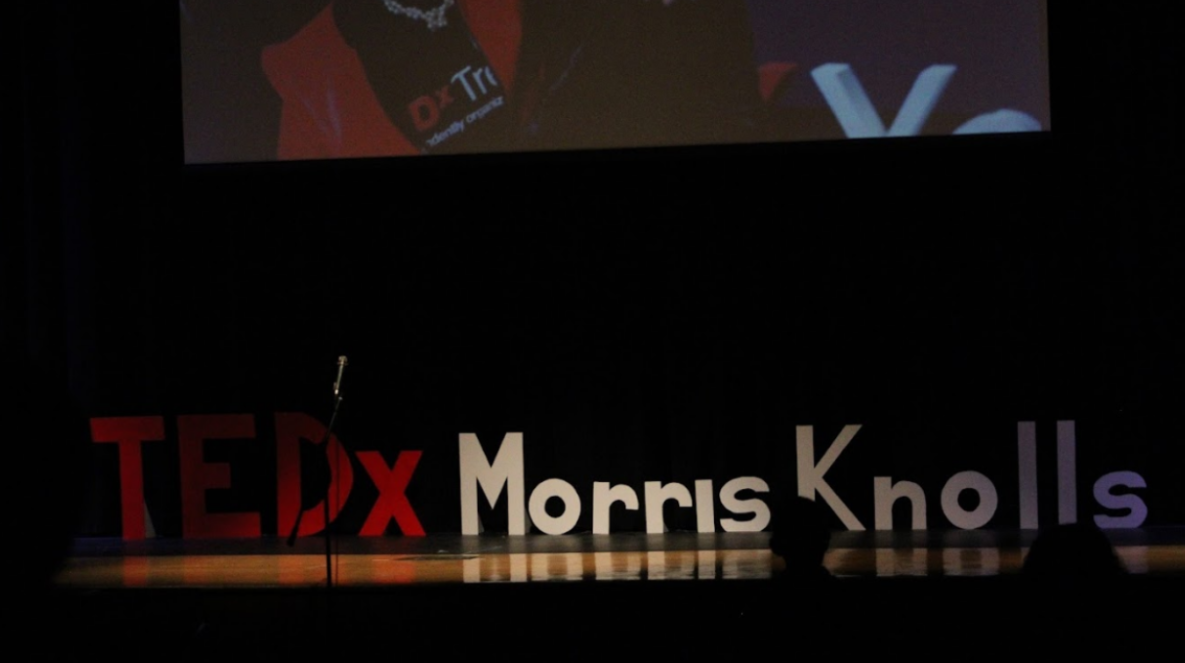In early 2022, the College Board announced that it would offer the SAT digitally starting in 2024. With 2023 coming to an end, it is important for students to understand the new format of this crucial high school exam.
Despite many colleges going test-optional, many Juniors and Seniors in Morris Knolls will take this test, as many colleges still require an SAT or ACT score.
Let’s start with the basics. The College Board has confirmed that this new test will continue to assess students on the same concepts present in the paper SAT. A scale of 1600 will still be used to score the test. However, the test will now have a duration of only two hours as opposed to the previous duration of the test which was three hours. Many test takers did not like the time-consuming format of the paper SAT, as it was very difficult for some students to focus for such a long time. Only a two-hour time will allow for more productive work from most test takers. This new length also affects the questions present on the SAT. There will be shorter reading passages and more concise questions. In the past, the SAT has been known for its tricky questions, but potentially the questions will be easier if they are shorter. This change could provide the opportunity for individuals to increase their accuracy.
The new digital SAT will be computer-adaptive. This means that the SAT is now customized to student performance. The better a student performs on the first section of the test, the harder questions they will get for the second section. Then the questions will be worth more points in the second section. These point values will push test takers to try to answer more accurately while simultaneously curating the test to match their abilities. This is a major change.
The new structure of this digital test is crucial to understand. Instead of one reading section, one writing section, one non-calculator math section, and one calculator math section present in the paper SAT, this new test will include two Reading and Writing sections and two calculator math sections. These two new reading and writing sections will have both reading questions and writing questions (which were separated into their own respective sections in the paper SAT). Each question will also have its own short passage between 25 and 150 words. This will make it easier for students to efficiently find the answers to questions. Each module for the reading and writing sections will have 27 questions and students will be given 32 minutes to complete each section. The sections for math have changed as well but not as significantly. With the digital SAT, a calculator can be used for both sections. The two modules will have 22 questions and 35 minutes will be given to students to complete each module. Similar to the paper SAT though, the digital SAT will have 75% of its questions as multiple choice and the remaining 25% as student response questions.
Andrew Scott, a Morris Knolls Student in 11th grade, commented on the change stating,” I think the new adaptive abilities of the new SAT is a bit unfair, as the test forces students to push their abilities. The test no longer becomes standardized testing.” Clearly, some students view this new computer-adaptive feature of the SAT as negative, even though the College Board may make this feature seem beneficial to students.
Many impactful changes have been made to the SAT with the test going digital. New techniques will need to be implemented by test takers to tackle these digital questions. As this is the first time the test has gone digital, it is very likely that the college board will make more changes to the test in the coming years. When this new test is launched in 2024, the thoughts of the test takers will need to be taken into consideration to make the SAT as fair as possible.






